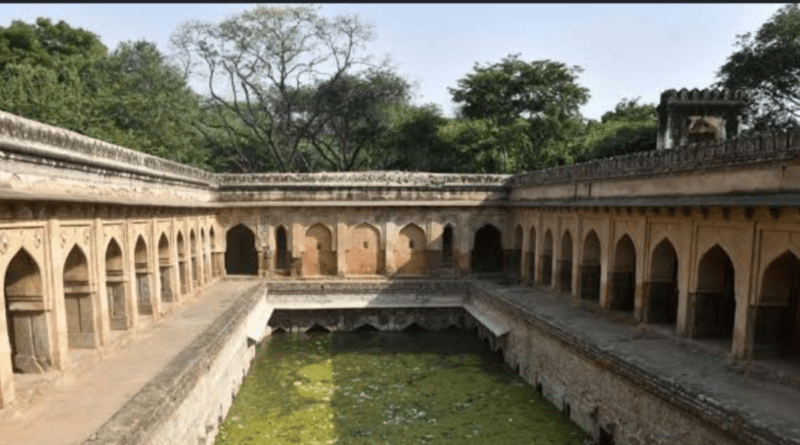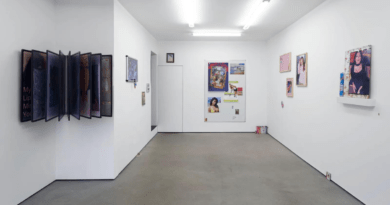Now Read About Mehrauli, Which Is A Historically Rich Residence.
It’s captivating and unforgettable to take a stroll through the Mehrauli Archaeological Park next to Qutub Minar.
The seven major cities that comprise Delhi are Mehrauli, Tughlaqabad, Jahanpanah, Siri, and Shahjahanabad. Architectural treasures can be found hidden around every turn. Numerous notable figures from the Mughal (1506–1857) and Sultanate (1206–1506) eras are interred there. Usually, these tombs are situated next to the saints’ dargah.
As a result, the tombs of the later Mughals are located close to the dargahs of Nizamuddin Auliya and Khwaja Qutbuddin Bakhtiyar Kaki in Mehrauli and Humayun, respectively.Covering 200 acres, Mehrauli Archaeological Park (MAP) is home to 55 historic buildings constructed by different dynasties, such as the Khaljis, Tughlaqs, Lodhis, Mughals, and the British.There is much to see, including the tombs of Mughal governor Shah Quli Khan and Mamluk king Ghiyas-ud-din Balban, as well as the Jamali Kamali Mosque, Metcalfe House, and Rajon ki Baoli.Begin at the tomb of Adham Khan and his mother, Maham Anaga, dating back to the 16th century.
It serves as a memory of Akbar’s fury, which included throwing Adham twice off the palace terrace for killing Atgah Khan, the prime minister and favorite general of Akbar. Atgah Khan was also the spouse of Jiji Anaga, who was Akbar’s wet nurse. This octagonal tomb from the Mughal era has little towers at each corner. It has an octagonal chamber with a domed ceiling in the Lodhi style and a “verandah” on each side. Known as the “labyrinth” or “Bhool-Bhulaiya” due to its labyrinthine corridors, it is situated on the Lal Kot walls, to the north of Qutub Minar.
Far off, situated in red sandstone, is Zafar Mahal, also known as Lal Mahal. In 1847–1848, Bahadur Shah Zafar II, the final Mughal emperor, rebuilt the palace that had been constructed by Akbar Shah II in 1820. It is situated close to the dargah of Qutubuddin Bakhtiyar Kaki, a Sufi saint from the thirteenth century. That is most likely the reason that three generations of subsequent Mughal emperors, Akbar Shah II (1806–37), Bahadur Shah I (1701–1712), and Shah Alam II (1759–1806), are buried next to each other inside a marble enclosure that was exquisitely adorned with jaalis, or screens.
Sadly, a portion of this enclosure was recently demolished. We are reminded of Bahadur Shah Zafar II’s final desire to be buried here by a blank space in between. But because of his incarceration in 1858, despite being commanded by Major William Hudson and being deported to Rangoon, his demand was not granted.This palace also serves as a reminder of Delhi’s syncretic culture, where the Emperor relished the view from his Mahal as he watched the “Phoolwalon Ki Sair” go by. Later on, the procession would arrive at the Yogmaya Mandir, which is devoted to Goddess Yogmaya, Lord Krishna’s sister.
Mumtaz Mahal, the wife of Akbar Shah II, initiated this event in 1812 when her son Mirza Jahangir was banished to Allahabad by Sir Archibald Seton, the British Resident.The oldest surviving building in the palace complex is thought to be the gray sandstone tomb of Alauddin Masud Shah (1242-46), the Sultan of the Mamluk Dynasty in Delhi.The tombs of Balban, Shahid Khan, Quli Khan, and a few more unidentified people are located at Jamali Kamali Mosque.
Because of the foliage and the well-placed signposts, the stroll is enjoyable.The tombs of Shaikh Fazlu’llah and his student, the Sufi saint Jamali Kamali, are located in the mosque. Jamali was a well-known court poet who was supported by Babur, Humayun, and the Lodhi dynasty. Obtaining prior permission from the authorities is necessary to view the magnificent decoration on the tomb ceilings, which are adorned with imported blue and red tiles originally from Iran.
The tombs of Giyas ud Din Balban (1266–87) and his son Shahid Khan are located in front of this in an open space. During Balban’s lifetime, Shahid lost his life fighting the Mongols close to Multan.In the 13th century, Balban of the Mamluk dynasty was renowned for taking decisive action to stop robberies and dacoity on Delhi’s roadways. His mausoleum is located in the Dar-ul Amaan (Haven of Safety) structure, which was once a refuge from debt collectors, as its name implies.
The genuine arch and dome, a key component of Indo-Islamic architecture that the Turks brought, first appeared at this location in 1287 CE, making this stone and masonary edifice extremely significant.The MAP Is an invaluable resource for learning about culture, history, and chronology. It is free to enter and is open from 6 a.m. to 6 p.m.




